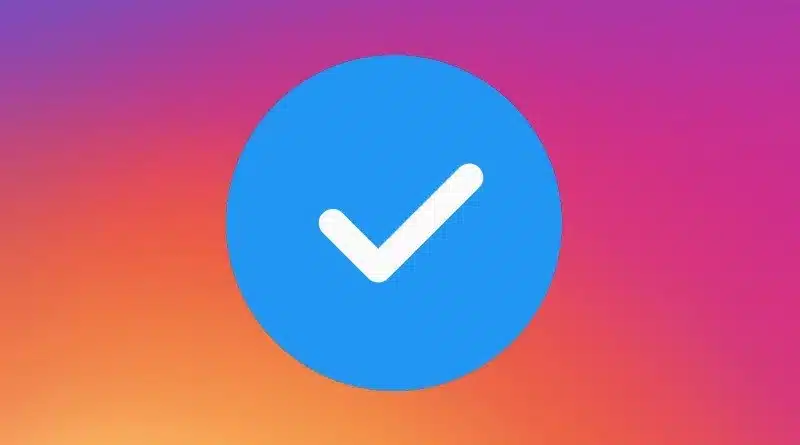Subscription revenue seems to be the new shiny thing in the tech and media worlds. This trend reached critical mass this week when Meta revealed that it will follow Twitter Blue’s footsteps in creating a paid tier for users to authenticate their accounts/profiles. It’s all about blue badges and checkmarks.
Beyond these high-profile moves, there are less-discussed user-pay models bubbling up from the likes of Snap. In fact, Shapchat+ is the score to beat with two million paid subscribers and counting. It has reached these heights due to a well-devised feature set and product/market fit (more on that in a bit).
Meanwhile, Apple announced in its Q1 earnings (known in most other places as Q4) that it has reached record subscribers, to the tune of 935 million. Admittedly different than the above social players, Apple’s subscriptions run across its products for various content and software – from iCloud to AppleTV+.
Mathematical Realities
Though these subscription products are different in their product and pricing models, they share one important attribute: revenue diversification. The impetus in each case is to create alternate revenue streams. And when it comes to flavors of income, subscriptions have recurring-revenue (MRR) appeal.
Back to the differences in these subscription products, the need for diversification varies. For Apple, it’s a common maturation dilemma. As quarterly revenue bases grow into ten and eleven-digit sums, a larger denominator means that percentage growth – even if dollar growth is linear – mathematically declines.
So the name of the game becomes finding less mature revenue sources whose earlier stages mean they can ramp up. Beyond mathematical realities, these younger products also have greater headroom in terms of supply saturation. AppleTV+ has greater growth potential than a saturated iPhone market.
As for the social players, there’s some of that financial maturation happening – especially for Meta – but it’s more about diversifying in the face of headwinds for their core businesses. It’s no secret that ad-supported social players are seeing meaningful declines due to a perfect storm of factors.
That storm includes platform-level data-collection restrictions such as Apple’s App Tracking Transparency (ATT). There’s also an economic downturn that tends to erode brand advertising budgets. And there’s a more fragmented supply side, now that the formidable TikTok is in the competitive mix.
Demand Signals
Add it all up and these players are compelled to find new revenue streams. Subscriptions are a natural choice as demand signals have already been established by the last batch of suffering ad businesses: news media. The New York Times and others have shown that people will pay for the right content.
“Right content” is the operative term. And that brings us back to product-market fit. Snapchat+ seems to have struck the right cord in its subscription product. Besides subscriber growth, where the numbers don’t lie, many of the features on paper are well-placed and intelligently devised for Snap users.
For example, one Snapchat+ feature offers deeper analytics. For brand marketers or influencers to have better insights to guide content creation and posting strategies is well worth $3.99 per month. Based on the scale of spending and effort already in play from such individuals, this is a drop in the bucket.
Elsewhere in Snapchat+ feature set, users get “sticky” above-the-fold placement for the comments they leave on others’ posts. This means you can have top billing in the comment threads of posts or Stories from high-profile influencers (think: Kardashians). That visibility to some is well worth the $4.
As for Meta and Twitter’s subscription products, the jury is still out. Twitter Blue hasn’t performed well and Meta’s paid verification has gotten lots of flak. Across the board, product/market fit will be a moving, but important, target as subscription revenue becomes an increasingly critical part of the revenue mix.




